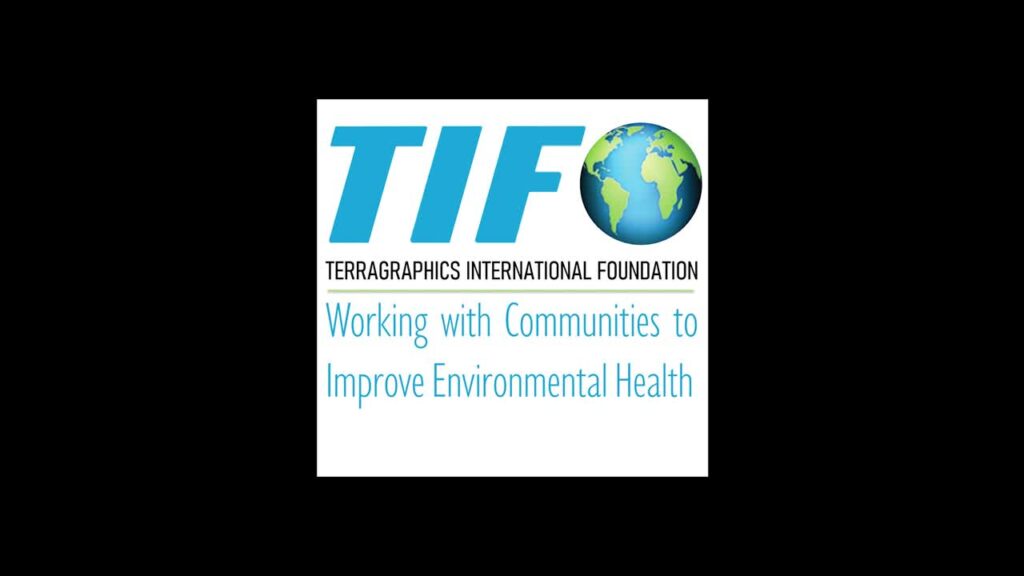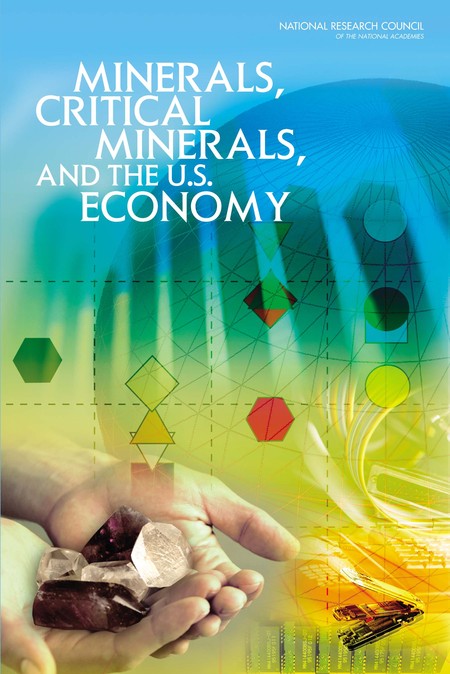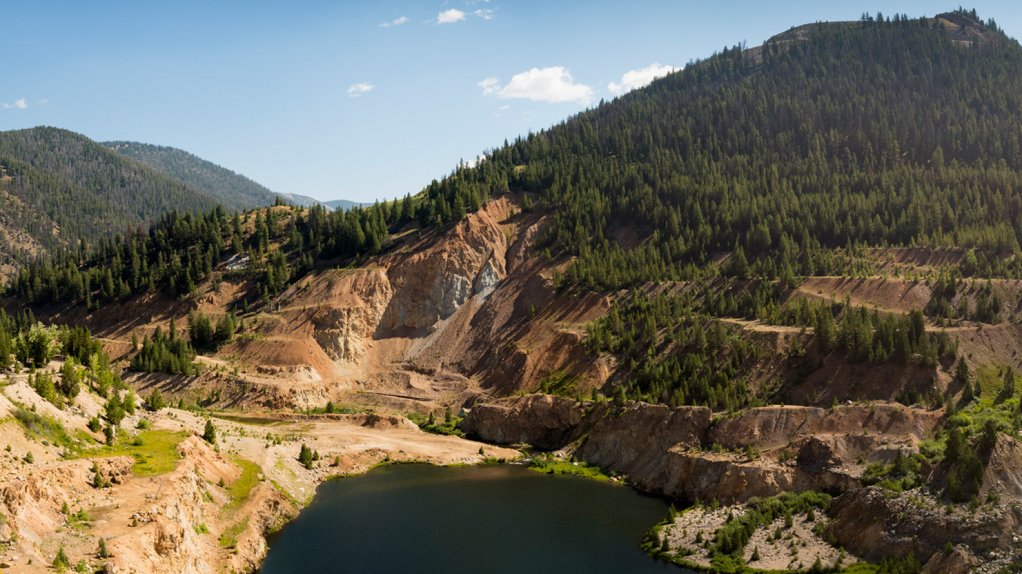It is roughly 6,357 miles from Moscow, Idaho to Uzbekistan, and a bit less to the Aral Sea, where an unrelenting drive to grow cotton in the former Soviet Republic, stripped the land of its ability to support a thriving fishing industry, and plunging its citizens into economic decline and increased risk for health problems in vulnerable communities.
“The Aral Sea derived its name from the Kyrgyz word Aral-denghiz, “Sea of Islands”—an apt designation, as there were more than 1,000 islands of a size of 2.5 acres (1 hectare) or more strewn across its waters.”
This is one backdrop that five colleagues from Idaho are making significant inroads in scientific research for communities impacted by the Aral Sea crisis, and mining issues closer to home. The work of TIFO, or TerraGraphics International Foundation, located in Moscow, is driven by, and rooted in, supporting communities impacted by environmental pollution. In addition to working closely with in- country partners, TIFO often partners with Médecins Sans Frontières (MSF; pronounced [medsɛ̃ sɑ̃ fʁɔ̃tjɛʁ] ⓘ), more commonly known as Doctors without Borders.

TIFO engages in projects by invitation and are neutral partners. They do not intervene in the underlying policy and environmental laws or conditions that lead to pollution and poor human health outcomes. Importantly, they are not anti-industry in any way, enabling them to work in communities where hazardous industry provides some of the only source of income.
TIFO has worked across the globe, helping community members—often in difficult to reach, rural areas—in how to protect themselves, their families and their natural resources, from pollution. It is from their home base in Moscow, Idaho, that TIFO connects their international work with hard rock mining and critical mineral issues to other environmental degradation crises that impact human health. With the meteoric rise in demand for minerals used in low-carbon energy and technology, and with the inherent weakness of supply chain dynamics starkly illustrated by the COVID outbreak, the USGS defined Critical Minerals in 2020.

This spurred additional investments and mining expansion in the US. Outside Nevada, Idaho is one of the most prominent centers of mining in the United States.
There are alternative ways of deriving critical minerals, but Hardrock mining continues to dominate the practice area.

Join the Regional conversation at PNW-SETAC
The Pacific NW Chapter of SETAC is holding its annual meeting in mid-April in Idaho, and the cornerstone of the conference will focus on mining and tribal treaty rights. As TIFO Executive Director Casey Bartrem expressed, “children’s health is an apolitical issue.”
“You can’t talk about toxicity without mining. You can’t talk about risk without mining.” TIFO projects in the US and abroad are some of the many novel presentations slated for this year’s conference.
Where international work drives local concerns in Idaho
So what happens when AI, critical minerals and economic development is juxtaposed against tribal treaty rights and children’s health? The rapid expansion of AI has dramatically increased energy needs. This in turn has accelerated the need for exploring new energy sources.
Dr. Bartrem, and Racheal Thacker and Marissa Snapp of the Shoshone Paiute Tribe, secured an Environmental Justice grant from EPA to address the tribal consultation process required under National Environmental Procedures Act (NEPA) for new mines on the ancestral lands of the tribe.
The “Seven Generations” project aims to increase engagement in determination of mining on Tribal lands. One year into the three-year grant, EPA terminated their funding, but the project team is trying to keep the project moving forward. That is further complicated by the Council of Environmental Quality’s recent efforts to rescind the implementing regulations of NEPA. That retroactive determination will most certainly be litigated and has enormous implications for the health and economy of people communities across the United States. In play are violations of the Administrative Procedures Act, Endangered Species Act and NEPA itself.
While most would agree that NEPA needs updating, we need not remove all the organs of an otherwise healthy patient.
Mining permits and a good time to be a lawyer
Ian von Lindern, TIFO’s co-founder, is working with several Idaho groups regarding the Stibnite mine, a gold and antimony mine that sits on the edge of the Frank Church Wilderness. Idaho has a long and complex mining history; the state is still reeling from the Bunker Hill mine disaster which poisoned thousands of children with lead.
Perpetua Resources (formerly Midas Gold) will commence mining in 2025 if all appropriate permits are secured. Faith Quigley, a University of Idaho J.D. candidate and TIFO student researcher, also sits center stage in the local Stibnite mining story. Faith supports Dr. von Lindern as they closely monitor the Stibnite mine and its potential public health risks, particularly to children.
As a law student, Faith has dived into the 1872 Mining Law which governs Hardrock mining in the U.S. today. This anachronistic law offers lands to mining companies for pennies, while failing to offer protections for polluted landscapes and people. The permitting process must compensate for those legal gaps to adequately prevent pollution from poisoning people – making every permit for the Stibnite mine critical. The mining law doesn’t protect environmental and human health so permits compensate for those gaps which is why this air permit is so important.
Faith and Dr. von Lindern are currently focused on the cancer risk from arsenic, that will be embedded in the Stibnite mine’s permits for ambient air and cyanidation. The mining process itself generates a tremendous amount of dust: from road building, facility construction, explosives, drilling and again, when the rocks are crushed. This dust contains arsenic, heavy metals and other substances that cause multiple health problems.
Because children’s detoxifying organs are not mature yet, they have rapid metabolic systems, their brains are developing, and they have higher dose per body weight, they are disproportionately sensitive to environmental exposures. This makes the air quality permit in particular – and the precedent it may set for other mines and industrial sites – important to the future of human health protections in Idaho and beyond.
Despite its outdated legal framework, mining is necessary to support our economic trajectory into the future and is ironically linked to our carbon free economy of the future. It is a false narrative, though, that Idahoans must choose between their children’s health and this economic progress.
We need the minerals but not at the expense of children’s health, tribal treaty rights and community resilience and health.

Mining.com
Where the conversation coalesces at PNW-SETAC
PNW-SETAC Board member Marina Steiner, a graduate student at the University of Idaho, is connected with TIFO through their work in Uzbekistan. Marina will present her research at the Annual Meeting in Boise.
The waters that flowed into what was once the 4th largest inland body in the world, diverted for cotton production, became her transit in 2024 to Central Asia. Globally, inland endorheic seas (watersheds that do not drain to the sea) are drying, including the Great Salt Lake in Utah. The drinking water in the Aral Sea region is unsafe or simply dried up, so drinking water has to be trucked into remote communities.
In working in the region, TIFO became aware of a substantial amount of government water quality monitoring data that had not been analyzed. Those 6,300 water quality sample results are where she spends most of her research time analyzing data. The data are in three languages, so collaboration with in-country partners for translations has been critical to breaking down the data. TIFO has strong support from the government to engage in this work.

